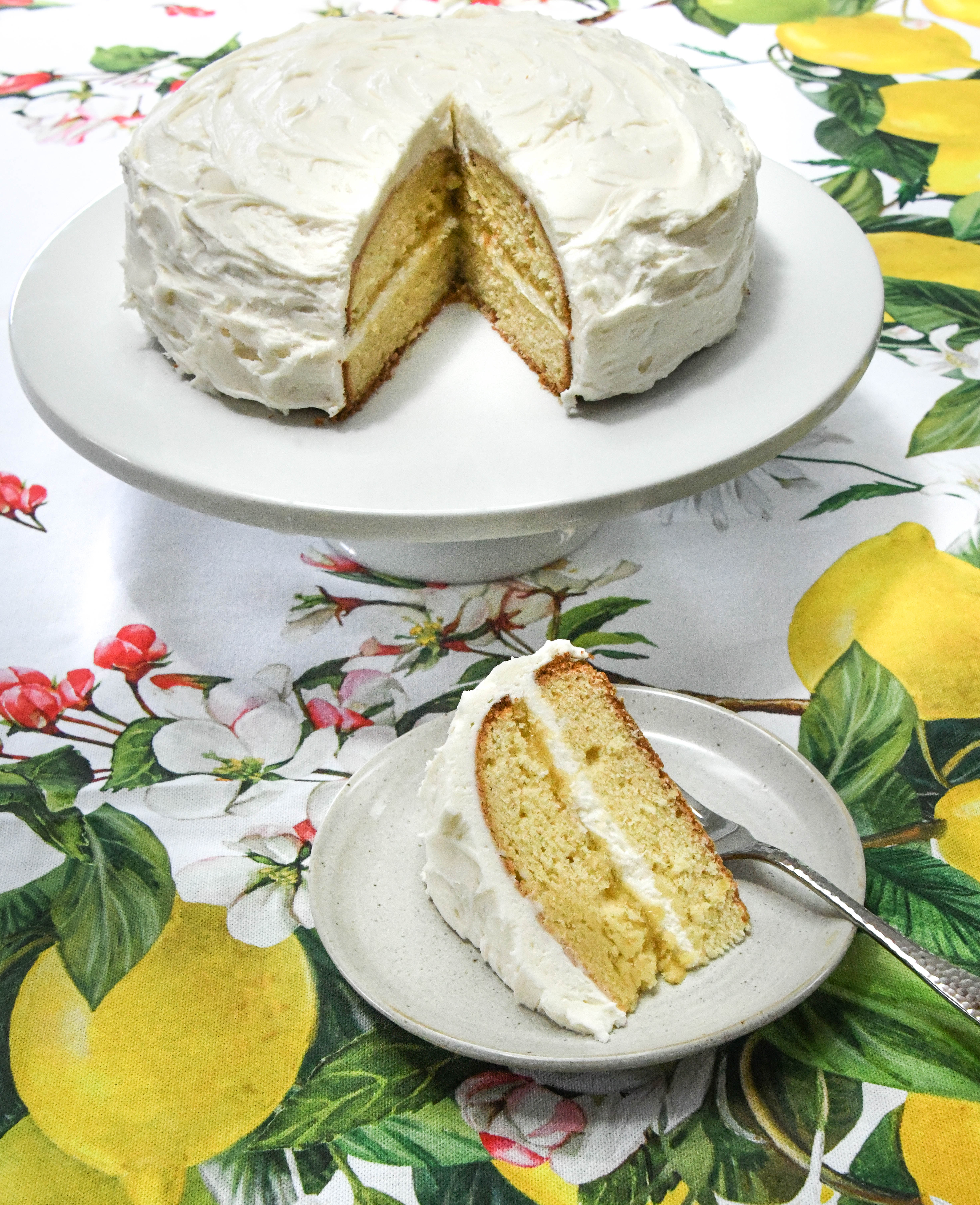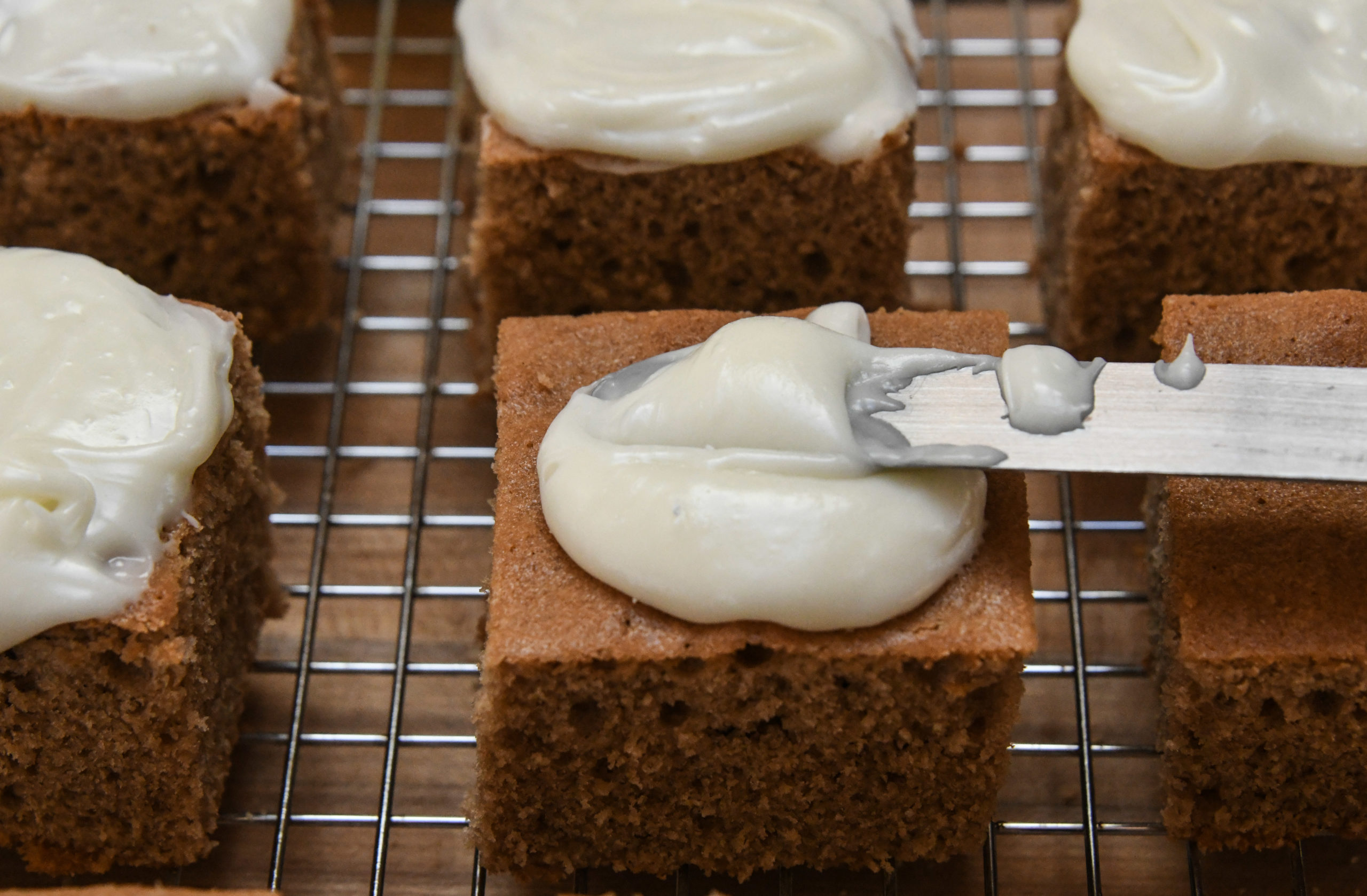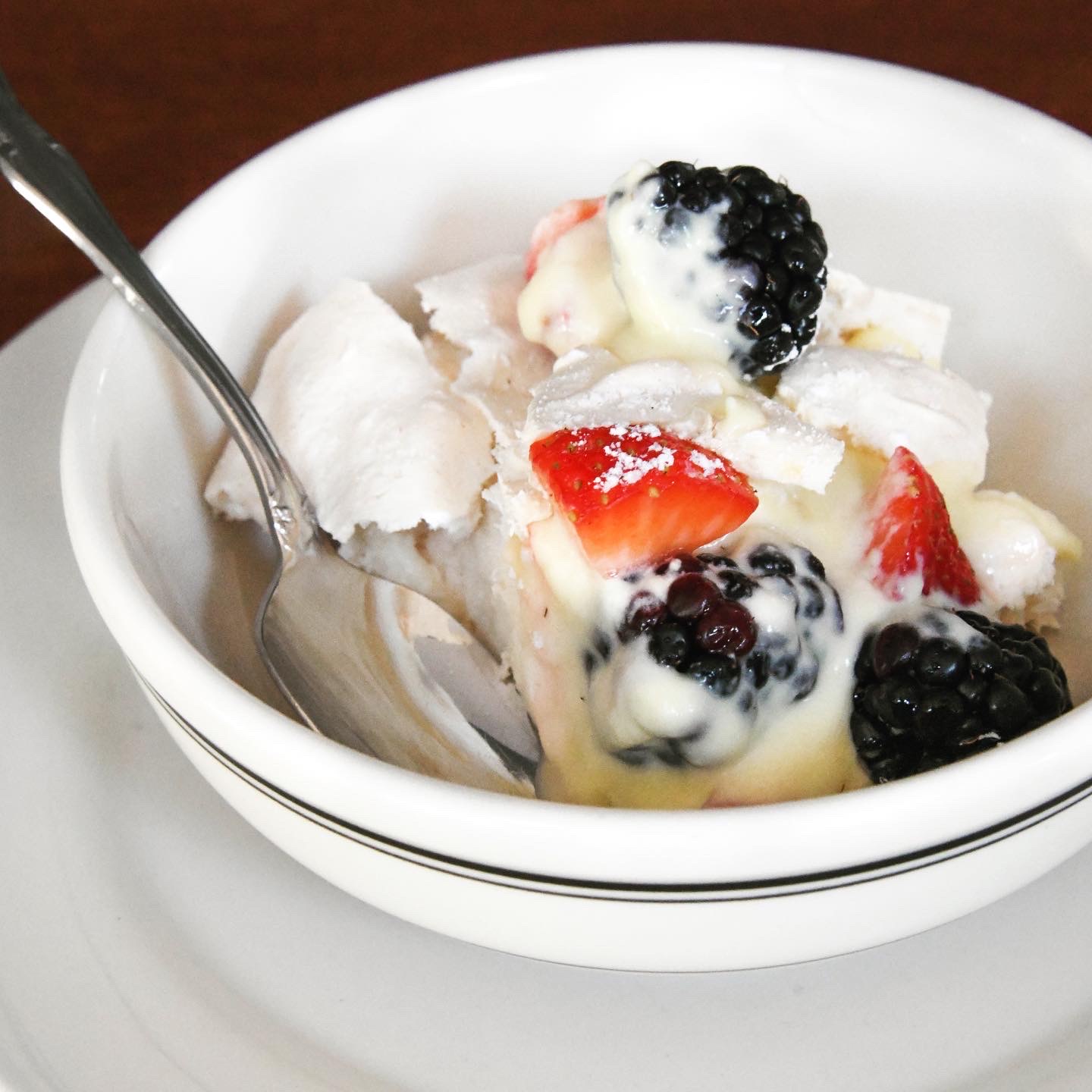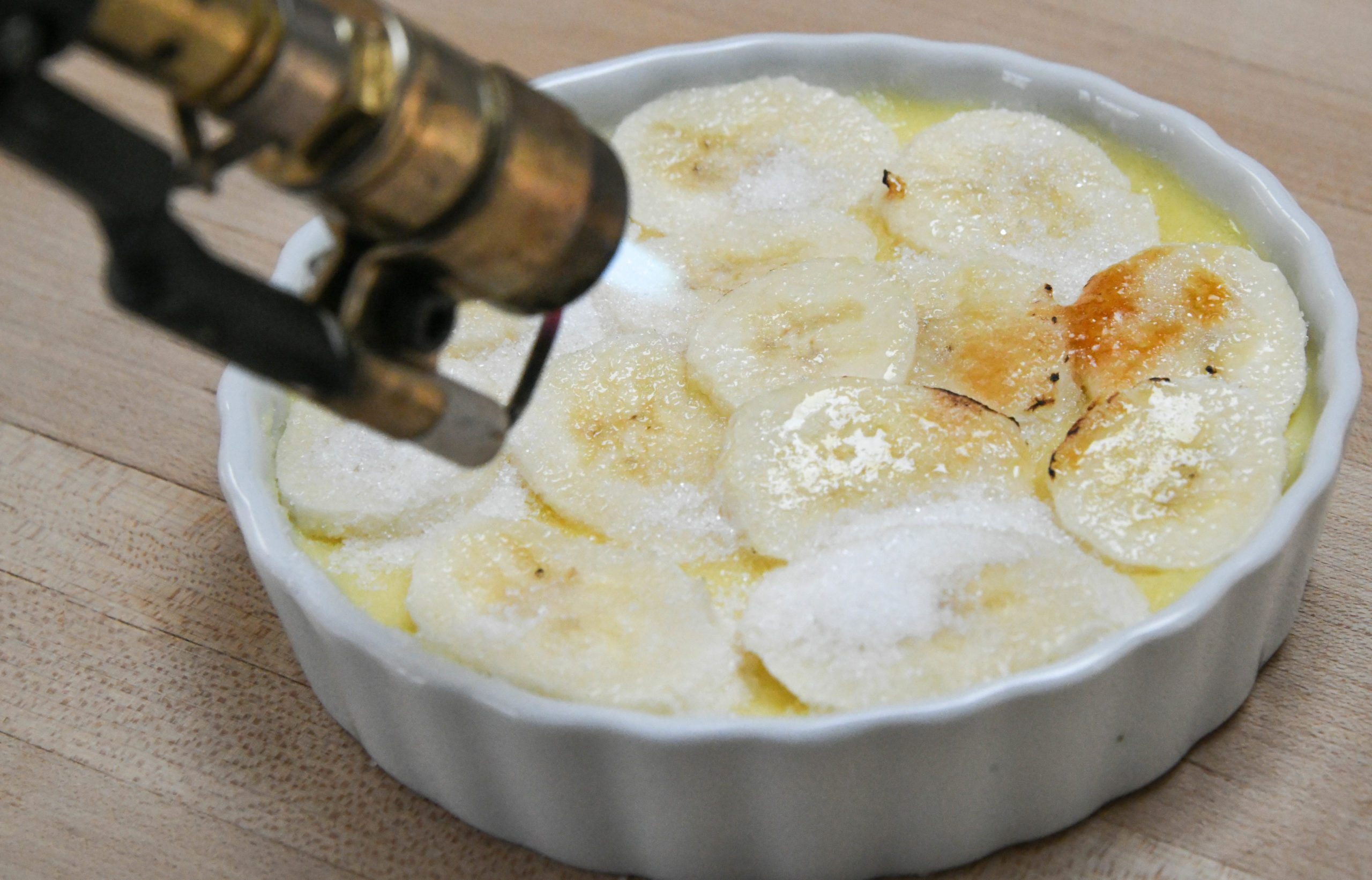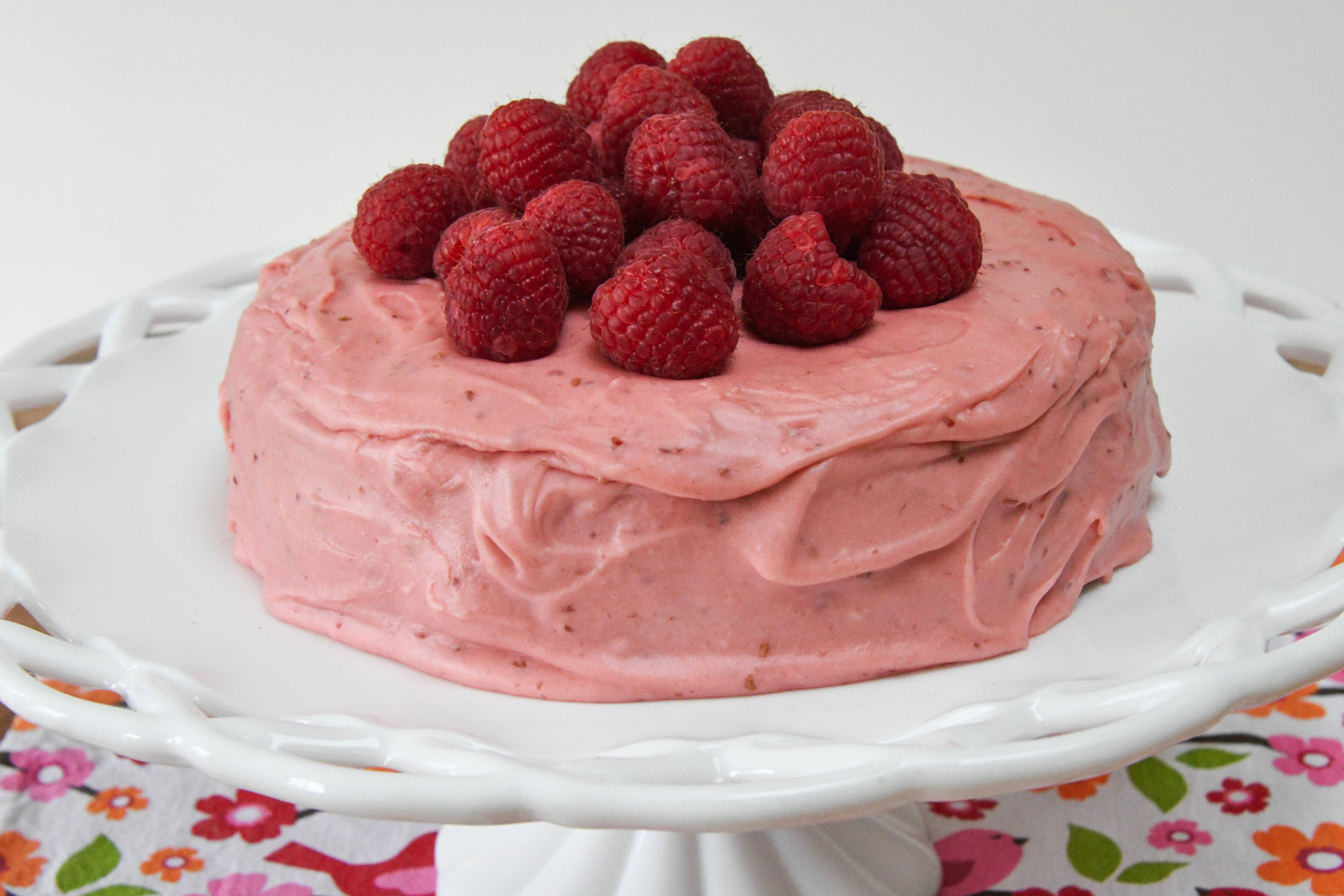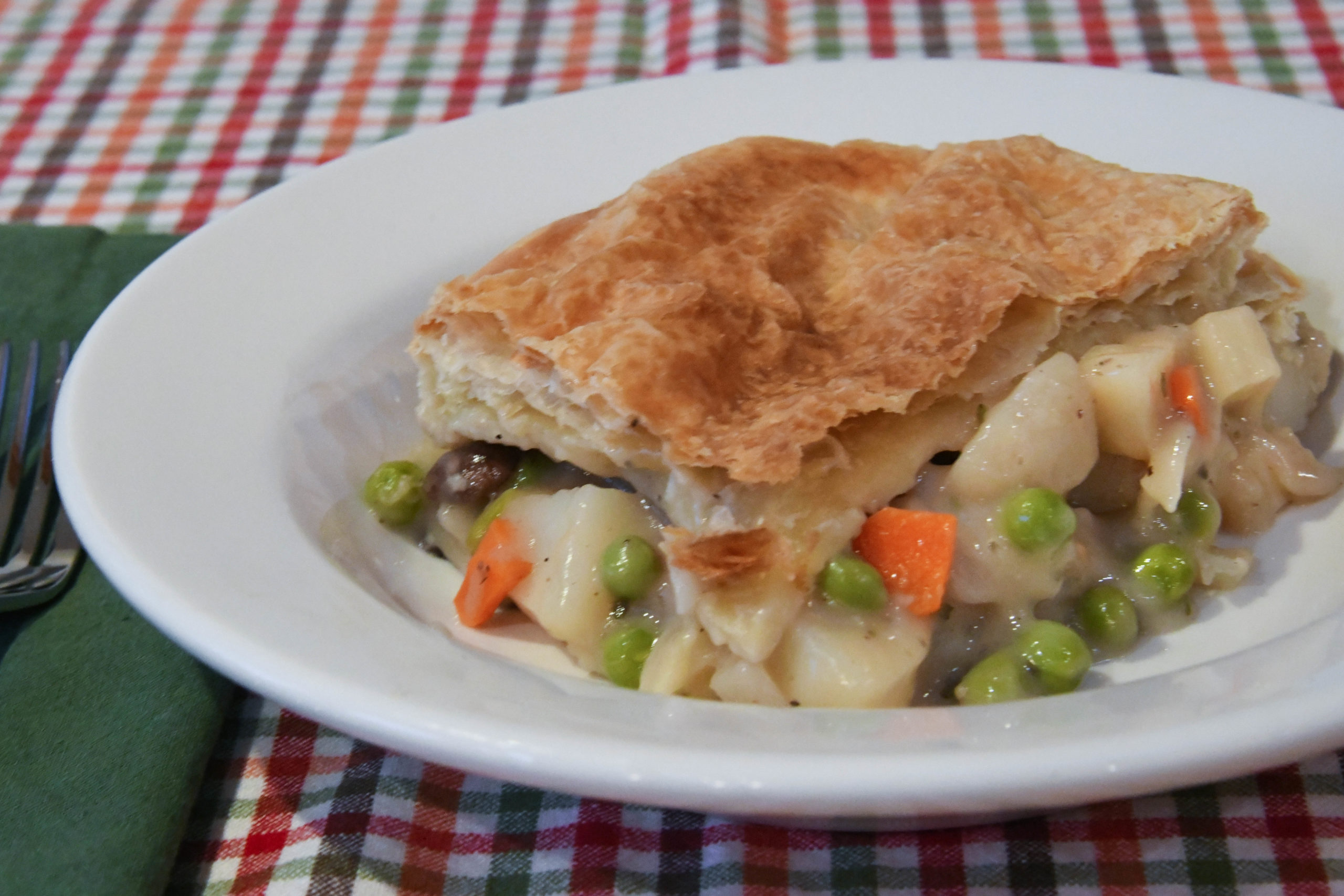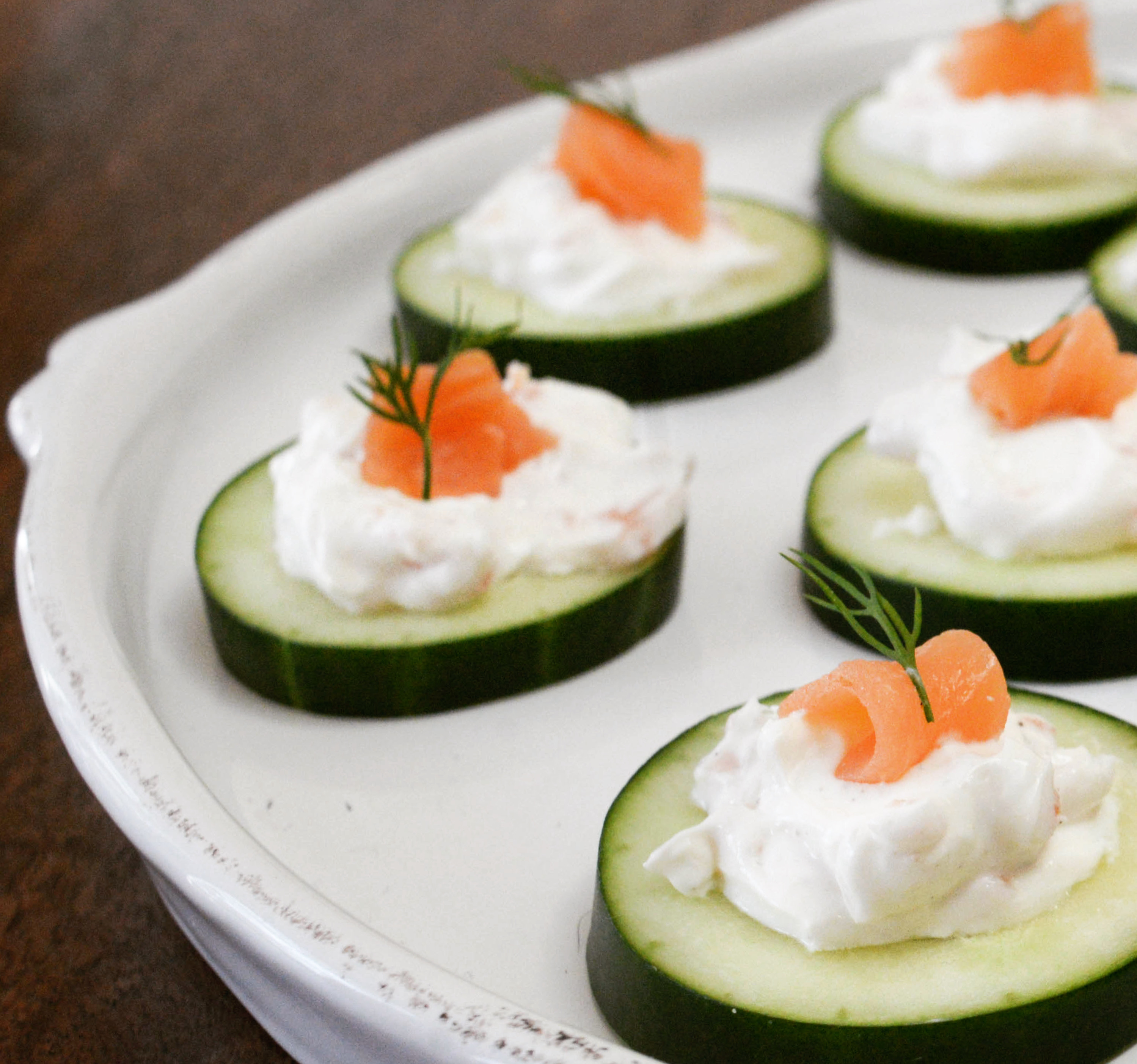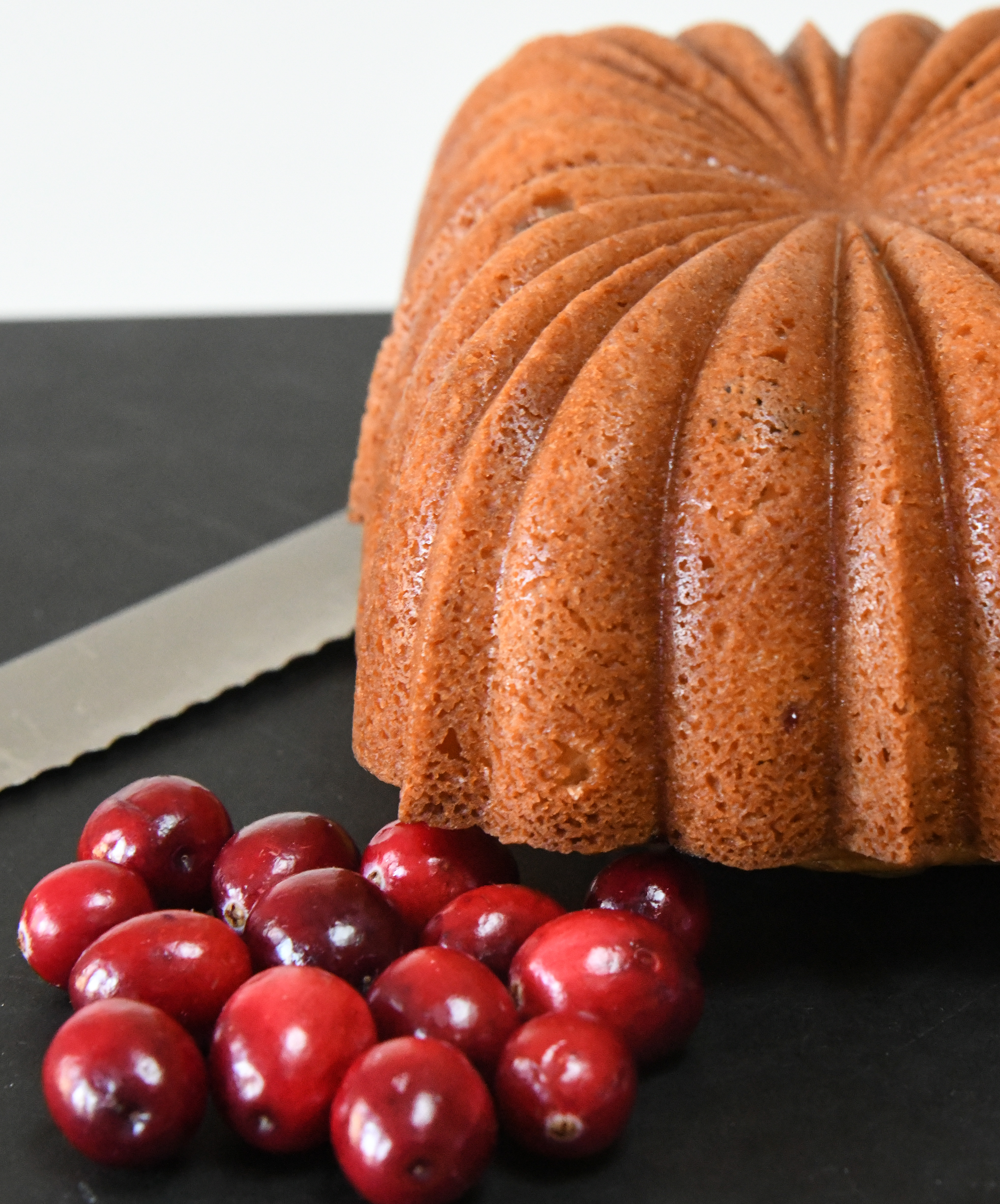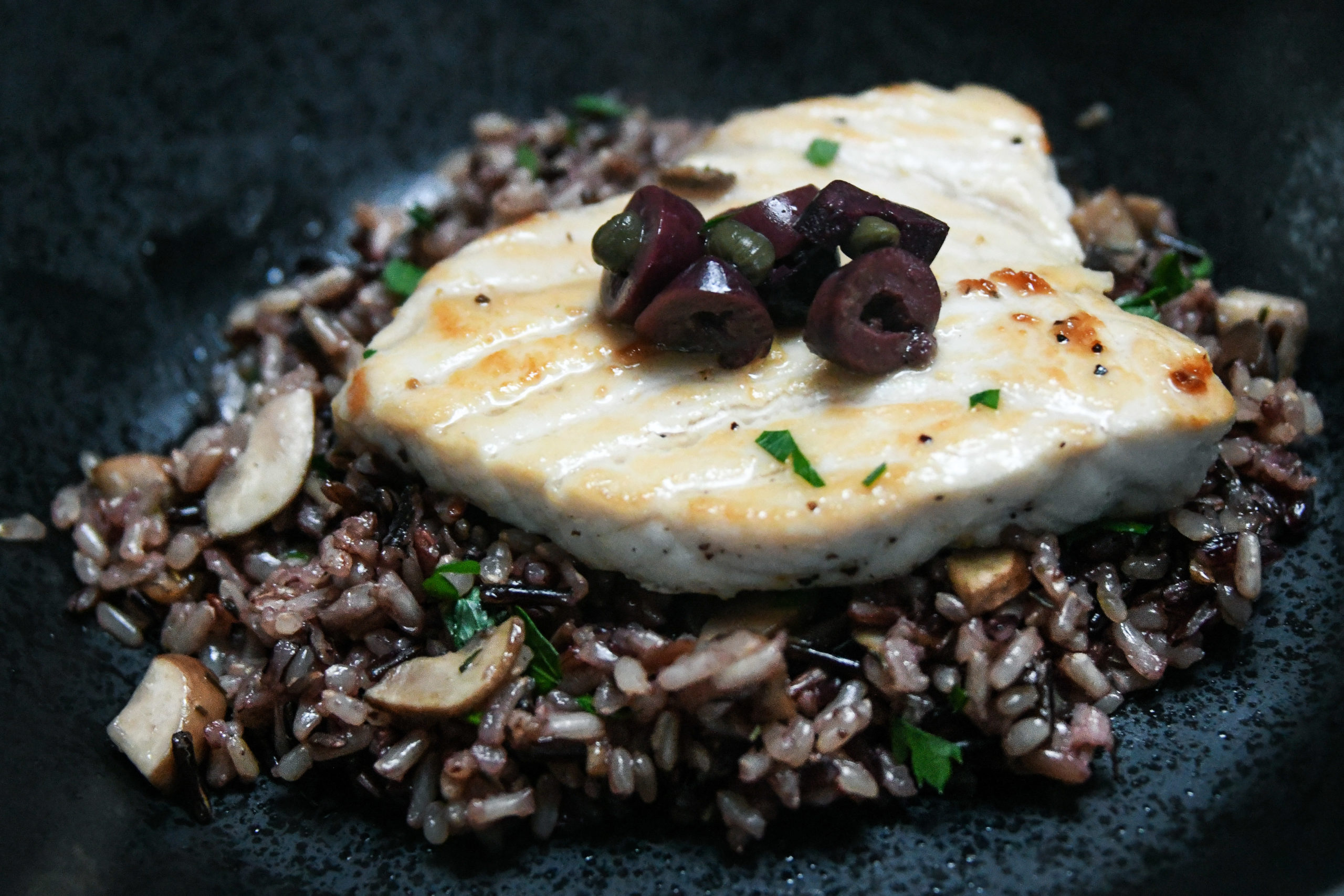For The Raspberry Lovers: Double Raspberry Bars
Last summer, I went on hiatus from food writing. I hadn’t intended nor had I particularly wanted to take a break, but, I’d started a full-time editorial job while continuing to write long-form freelance articles — see clippings.me for samples from my other writing life — and do occasional book events. What free time I had, I used to complain about the lack of free time. Over a year later, I complain a little less and dabble a little more at some of the things I love — writing, cooking and taking photographs. What changed? My pandemic garden and its prolific raspberry bush. Planted in the summer of 2020 alongside tomatoes, cucumbers and a few herbs, the raspberry bush was a bit of a lark. I love raspberries so, although I was a first-time gardener, I decided to take a chance. I didn’t expect the plant to yield fruit that first year, if ever. By October 2020, my expectations had been met. The next two summers, the bush surprised me by producing a handful of …
